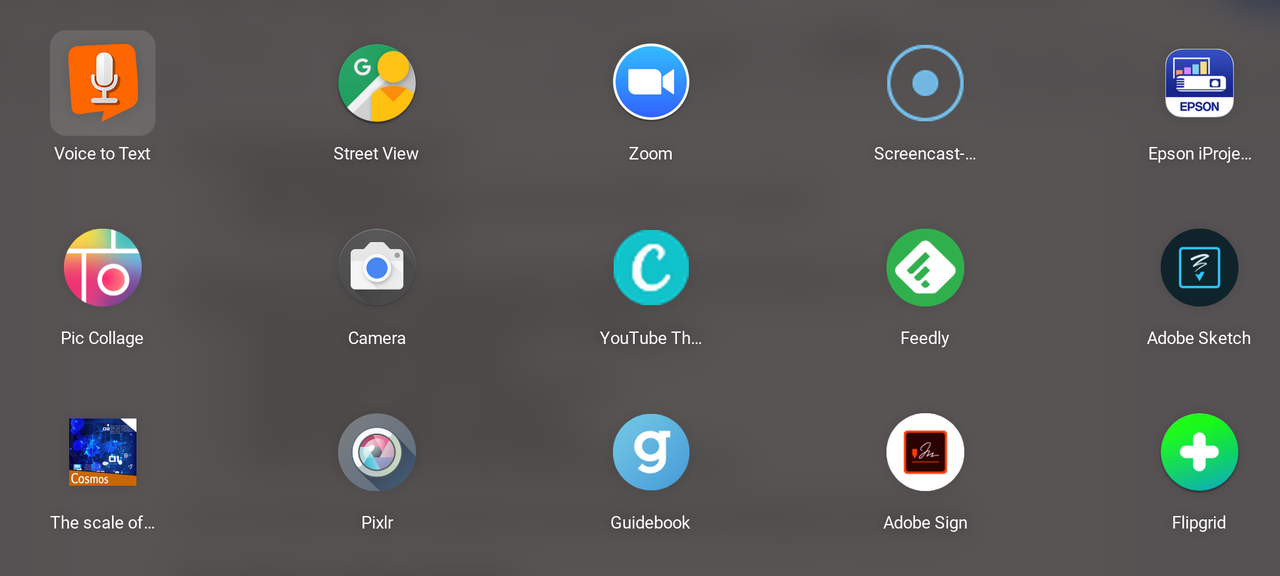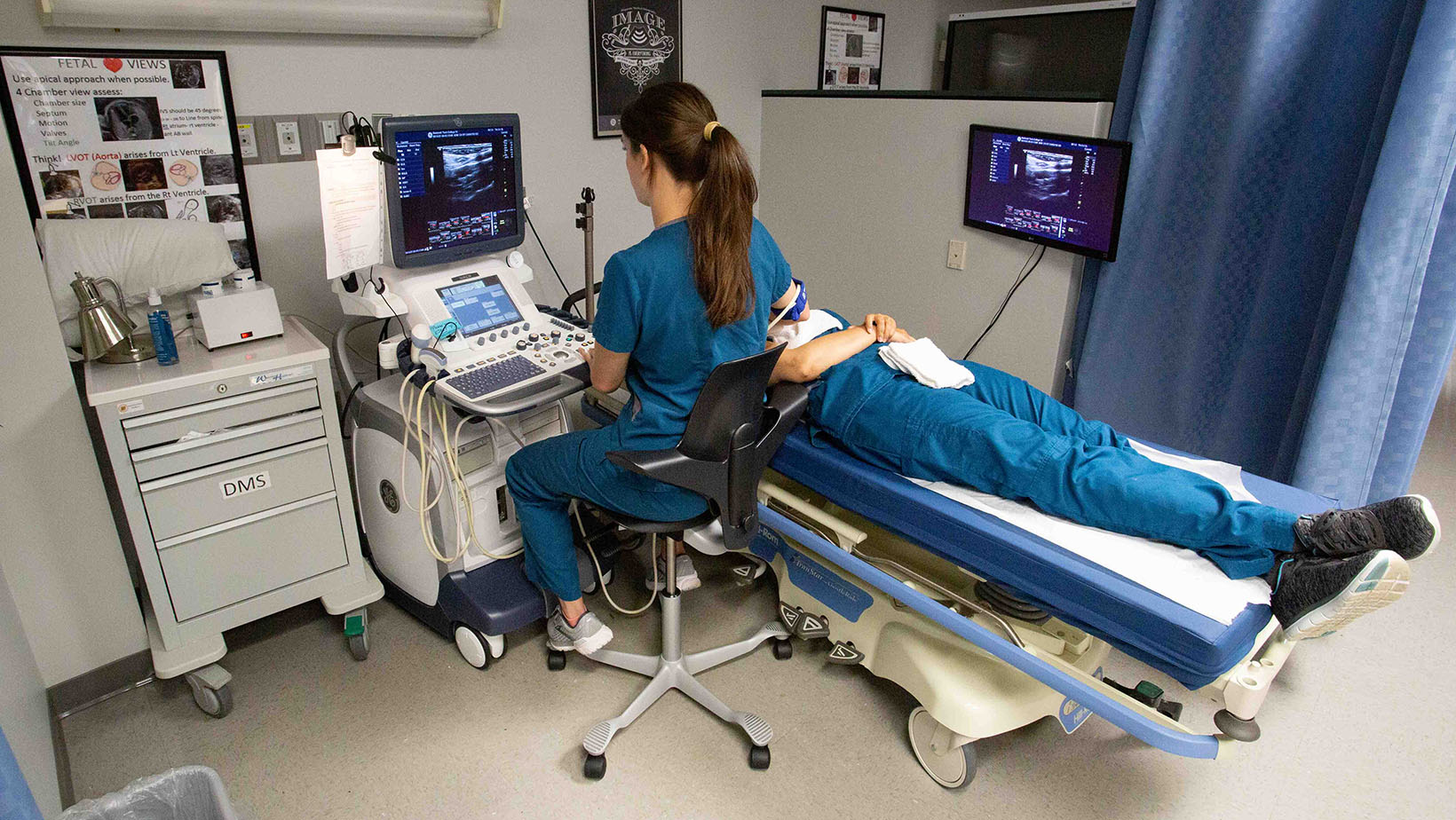Introduction
Architecture is no longer just about beautiful designs and blueprints—it’s about precision, innovation, and smart systems. That’s where RoninArea architectural technology enters the picture. RoninArea is a growing platform that offers in-depth, accessible articles focusing on the technological evolution within architecture. From CAD software and BIM modeling to drone surveying and digital construction workflows, the site connects the dots between creativity and engineering.
This guide offers a complete breakdown of RoninArea’s approach to architectural technology. Whether you’re a student, a working professional, or someone curious about how design meets innovation, this content helps you understand the tools, roles, and future directions of this important field.
Understanding Architectural Technology the RoninArea Way
At its core, architectural technology is about turning ideas into real, sustainable, and structurally sound buildings. RoninArea describes this as a balance between aesthetic vision and technical execution. On their platform, architectural technology is not just a technical discipline—it’s a method to bring innovation, creativity, and precision into harmony.
Unlike traditional architecture, which may focus more on design philosophies and aesthetics, architectural technology emphasizes how buildings actually get made. This includes everything from choosing the right materials and drafting software to ensuring that structures meet energy efficiency standards and building codes.
Key Concepts in RoninArea Architectural Technology
To better understand how RoninArea presents architectural technology, let’s explore some of the major themes and ideas that shape their content.
1. Fusion of Creativity and Function
RoninArea frequently discusses how creativity and engineering merge in the design process. An architectural technologist doesn’t just draw plans—they ensure those plans are buildable, cost-effective, and sustainable. This balance is highlighted in their articles, which often showcase how technical precision supports artistic design.
2. The Role of the Architectural Technologist
One of the most informative articles on RoninArea explains the role of an architectural technologist—a professional who works between the architect and the builder. This person translates designs into workable construction documents, selects materials, ensures compliance, and collaborates with engineers and contractors. The technologist is often the unsung hero of the project, handling practical decisions that influence the outcome of the build.
Here’s a comparison of roles:
| Role | Focus | Main Tools |
|---|---|---|
| Architect | Design & aesthetics | Sketches, concept models |
| Architectural Technologist | Technical planning & execution | CAD, BIM, materials database |
| Engineer | Structural integrity & safety | Structural analysis software |
RoninArea emphasizes that technologists need a broad skill set—including design, digital literacy, and practical construction knowledge.
Tools and Software Explored by RoninArea
Technology is a central theme on RoninArea, and their articles feature various tools that today’s technologists use.
AutoCAD, Revit, and BIM
Software like AutoCAD and Revit are commonly mentioned across the site. These tools are used for everything from drafting simple floor plans to creating 3D models with embedded technical data.
BIM (Building Information Modeling), in particular, is a cornerstone of RoninArea architectural technology. BIM allows professionals to simulate real-world behavior in a digital environment—testing things like energy use, light penetration, or material cost—before anything is built.
3D Printing and Prefabrication
RoninArea’s coverage also extends to fabrication methods like 3D printing and modular construction. These topics show how technology can reduce material waste and speed up timelines, especially for repetitive building components.
Drone Surveying and CMMS
Drones and computerized maintenance systems are also featured topics. Drones are increasingly used for site analysis, while CMMS (Computerized Maintenance Management Systems) help manage building lifecycles after construction is complete.
Career Paths and Education in Architectural Technology
One of RoninArea’s most informative sections involves education and career building in architectural technology. Whether you’re considering a diploma or a degree, RoninArea highlights the growing demand for this profession and the versatility it offers.
Here are some popular learning paths:
| Level | Description | Time Required |
|---|---|---|
| Certificate/Diploma | Entry-level understanding of tools and regulations | 1–2 years |
| Bachelor’s Degree | Broad foundation in design, software, and building science | 3–4 years |
| Postgraduate | Specialization in BIM, sustainability, or smart systems | 1–2 years |
RoninArea explains how these programs are designed to help learners gain hands-on experience, often through real-world software training and practical studio work.
Real-World Applications and Case Studies
Another strong aspect of RoninArea architectural technology content is their use of real-world examples. The platform discusses projects that use drone scanning for land mapping, buildings constructed using 3D-printed components, and case studies where BIM led to significant energy savings.
Some examples include:
- A drone-based survey used to create a digital terrain model for an eco-village.
- BIM modeling of a public library to simulate daylight usage throughout seasons.
- A commercial building retrofitted using CMMS systems for maintenance tracking.
Each of these cases reinforces RoninArea’s theme: technology is not just about software—it’s about smarter, more sustainable building.
Future Trends in Architectural Technology
RoninArea frequently publishes articles on emerging trends. These trends offer insight into where the profession is headed and what future technologists will need to know.
Key topics include:
- Virtual Reality (VR) for design walkthroughs
- AI-driven design to generate building plans
- Generative design based on performance parameters
- Digital twins for urban planning and real-time infrastructure monitoring
- Robotics for automated construction tasks
These innovations are no longer science fiction—they’re being integrated into projects right now. RoninArea helps readers make sense of these trends in practical, digestible ways.
Navigating RoninArea’s Content
RoninArea’s website is organized in a way that makes exploration easy, even for those new to the subject. Their “Architectural Technology” section is filled with feature articles, trend analyses, how-tos, and even career tips. Readers can start with introductory pieces like “The Intersection of Creativity and Precision” and work their way toward deeper topics such as sustainability modeling or CMMS implementation.
They also link related articles together, which helps create a guided learning journey for readers.
Conclusion: Why RoninArea Architectural Technology Matters
RoninArea architectural technology is more than a topic—it’s a growing field that merges art, engineering, and innovation. Through clear, easy-to-read articles, RoninArea gives students, professionals, and enthusiasts the tools to understand and apply the latest in building science. Whether it’s BIM workflows, 3D printing methods, or drone usage, the site continues to highlight how technology is reshaping construction from the ground up.
Other Articles
Yangzhou Eejann NewEnergy Technology
ExcnTech Technology Updates from Eyexcon
Technology for Success Computer Concepts MindTap ISBN 13: 8220118198594











Leave a Reply